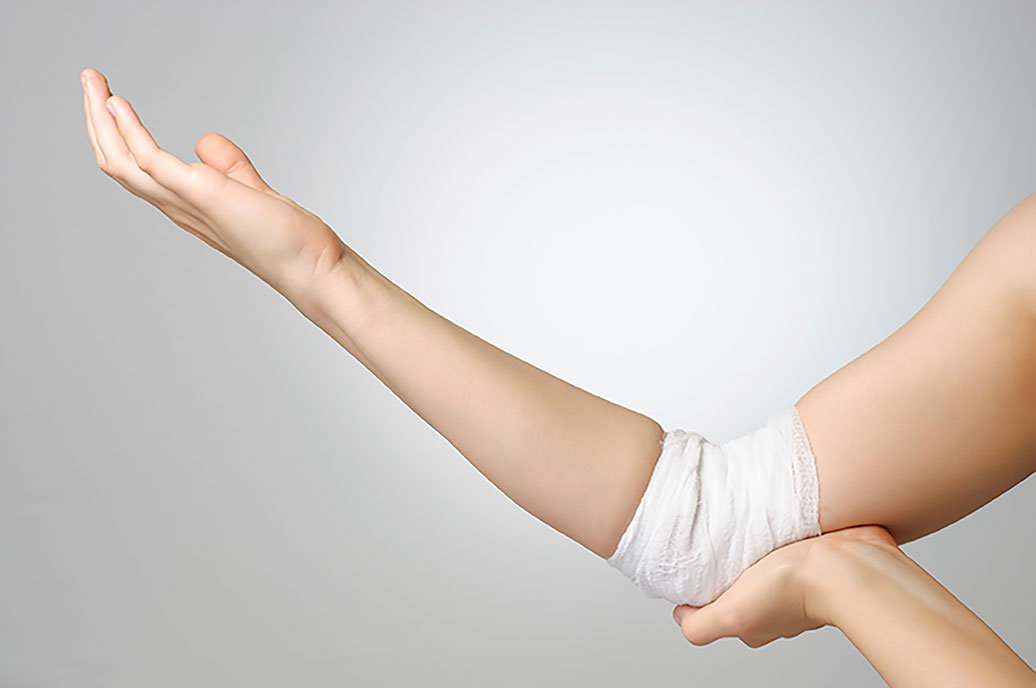
Cortisone Injections for Lateral Epicondylalgia ‘Tennis Elbow’ are they necessary ?
What is Lateral Epicondylalgia?
Lateral epicondylalgia can be defined in simple terms as pain arising from the outside of the elbow – most commonly attributed to the common extensor tendon. It is more commonly known as tennis elbow. For years, a common component of treatment for tennis elbow has been a cortisone injection – a localised burst of an anti-inflammatory and dehydrating agent.
Tendons and “inflammation”
Tendon pain was long considered an inflammatory process however; contemporary evidence suggests that despite some chemical changes being present, tendinopathy does not display classic inflammation (Khan et. al. 2002). This questions the logic of using an anti-inflammatory agent on a non-inflammatory condition.
Should I get an injection for elbow pain?
A high-quality study out of Brisbane, Coombes et. al. (2013), addressed this question by comparing cortisone injection, sham/placebo injection, physiotherapy and combinations of the above to find that despite reduced pain in the very short term, those who had cortisone injection had worse outcomes than both the sham injection and physiotherapy groups at 6 months and 1 year follow up. The physiotherapy group who underwent mobilisation and progressive exercises had lower risk of symptom recurrence.
Time to recognise the evidence
It seems old habits die hard for some practitioners managing lateral elbow pain as many patients still undergo cortisone injection as first line treatment. If the diagnosis of tennis elbow/ lateral epicondylalgia is correct the literature tells us that you should think twice before undergoing cortisone injection. It may initially provide you with some relief but you may be worse in the long-term. A progressive strengthening programme is more likely to provide you with long-term relief.
Coombes BK, Bisset L, Brooks P, Khan A and Vicenzino B. (2013) Effect of corticosteroid injection, physiotherapy, or both on clinical outcomes in patients with unilateral lateral epicondylalgia: a randomized controlled trial. Journal of the American Medical Association, 309 (5), p.461-469.
Khan K, Cook J Kannus P, Maffulli N and Bonar S (2002) Time to abandon the “tendinitis” myth: Painful, overuse tendon conditions have a non-inflammatory pathology, British Mediacal Journal, 324 (7338), p. 626–627.

